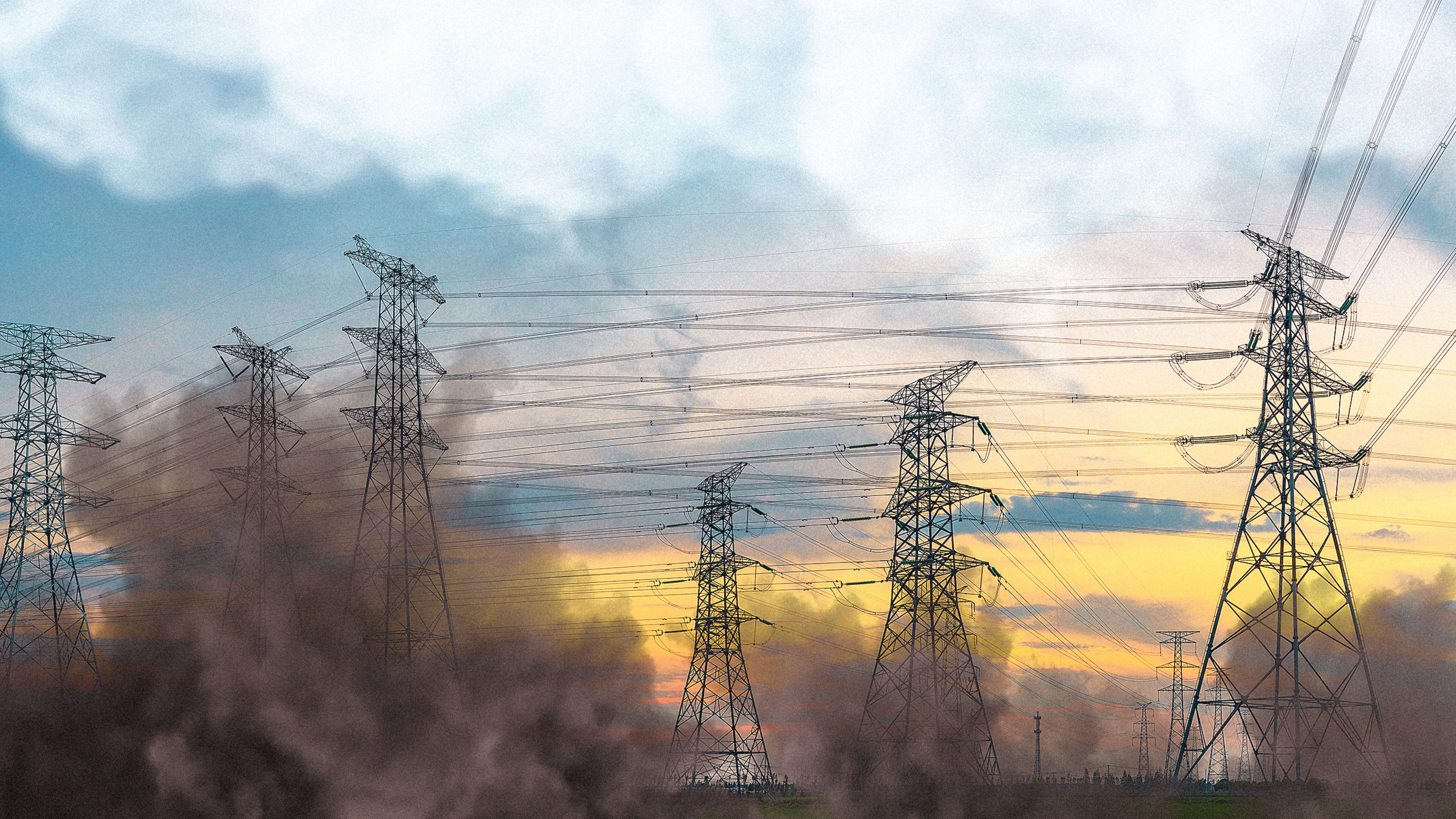Tennessee is a fairly sunny state. But it has three times less solar power than comparatively cloudy Oregon, in part because policies in Oregon—a state that’s aiming for 100% renewable electricity by 2040—give more support. Adding a new solar plant in Tennessee can make more of a difference in cutting emissions, since nearly a quarter of the electricity in the state still comes from coal.
Clearloop, a Nashville-based startup, is working on a new way to speed up the adoption of renewable energy in places like Tennessee. “If government’s not going to move and invest in climate solutions and decarbonize the grid in our area, we were going to do it,” says cofounder and CEO Laura Zapata.
The company’s first project, a solar field in Jackson, Tennessee, is funded by brands that want to offset their own carbon footprints. That in itself isn’t new, but the approach is. First, it’s open to any company and designed to be simple to use. Many companies that invest in new renewable energy projects sign “power purchase agreements,” complex deals to keep buying power from a solar farm for decades. The approach is harder for smaller companies because of the financing requirements. “Our thesis was that for every Facebook and Microsoft, there are thousands of other companies that are willing and able to invest in decarbonizing the grid, but don’t have the ability to sign up for power purchase agreements,” Zapata says. To participate in a project with Clearloop, there’s no minimum required investment. Once the startup has sufficient startup funding from brands, it can get financing for the rest. The power will be sold to the local utility.
Brands that invest in new solar power through the startup can either use the process to claim that they’re using 100% renewable electricity, which is also what happens with power purchase agreements, or they can use the investment to help offset corporate emissions that are otherwise hard for them to avoid, such as air travel. Since new solar plants are often built where the process is easiest or states offer the most incentives, not where solar could have the biggest impact on CO2 emissions, Clearloop’s approach could have large implications. The company uses data from WattTime, a nonprofit that ranks the emissions intensity of the American grid county by county.
“We try to tackle three things,” says Zapata. “Where are the sunniest places? Where’s the grid the dirtiest? And where can a dollar invested in infrastructure go the longest way?”
In the town of Jackson, the first installation—with 2,000 solar panels—sits on an area roughly the size of 10 football fields across the street from the local technical college. The company is working with the school to find ways to use the site to help train students in new solar skills. “We’re really looking at distressed communities and seeing where a solar project or climate action investment can be seen as an economic development tool,” she says.
Though the first solar field is relatively small, with enough power for around 200 homes, the company wants to scale up quickly with the same model. “What we’re hoping to do is basically bring a new creative tool to show that there’s different ways to be able to build these solar projects…at the speed that we that we need to build it,” says Zapata.
Correction: We’ve updated this article to reflect the structure of the Clearloop arrangement with its clients.
Recognize your brand’s excellence by applying to this year’s Brands That Matter Awards before the early-rate deadline, May 3.
